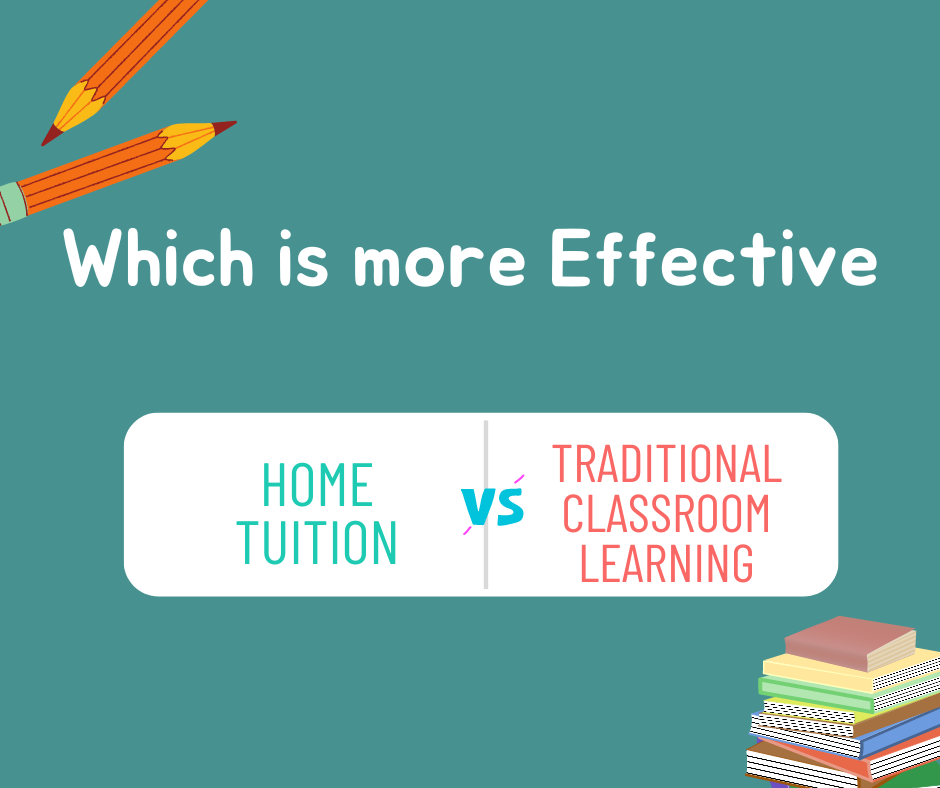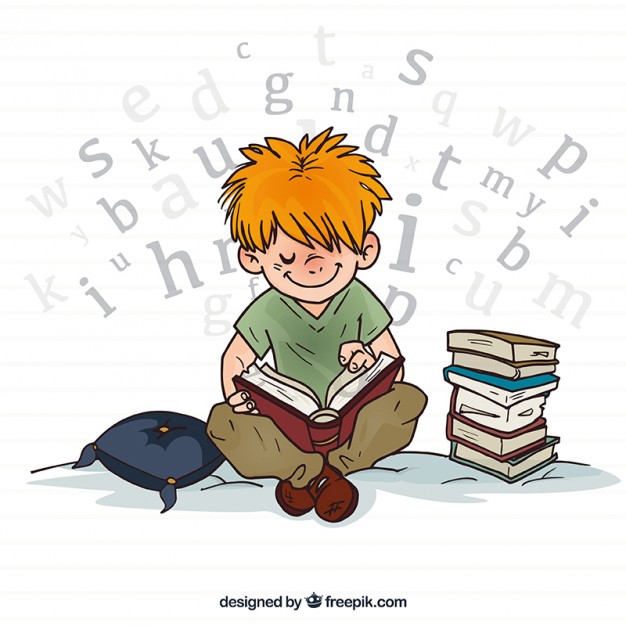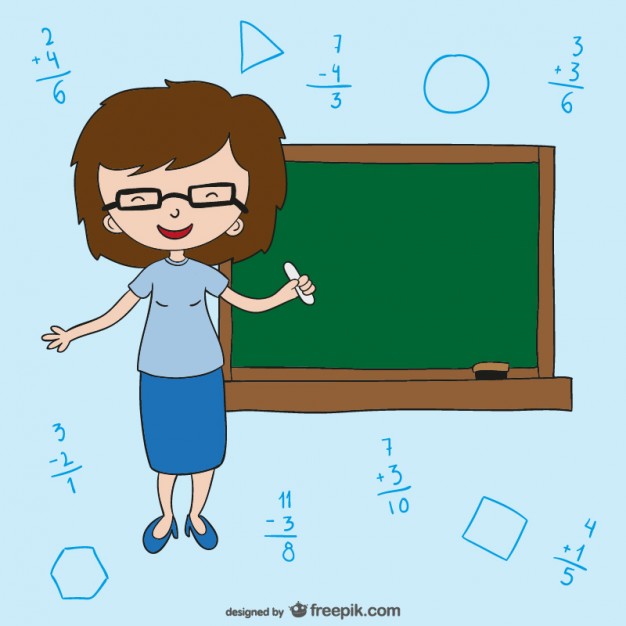Education plays a pivotal role in shaping individuals’ lives and future prospects. As the pursuit of knowledge evolves, so do the methods of instruction. Two primary approaches to education, home tuition, and traditional classroom learning, have been the subject of ongoing debate. Both methods come with their own set of advantages and disadvantages, and their effectiveness depends on various factors. This article aims to delve into the nuances of home tuition and traditional classroom learning, comparing their strengths, weaknesses, and overall impact on students’ academic performance and personal development.
Understanding Home Tuition
Home tuition refers to personalized, one-on-one instruction delivered in the comfort of a student’s home or a suitable location. It involves a private home tutor working closely with an individual student, catering to their unique learning needs, pace, and learning style. The trend of home tuition has been on the rise due to its ability to offer personalized attention and flexibility in scheduling.
Advantages of Home Tuition:
a. Personalized Learning: With individual attention, home tutors can adapt their teaching methods to suit the student’s strengths and weaknesses, ensuring a more effective learning experience.
b. Flexible Scheduling: Home tuition allows for flexible timing, enabling students to balance their academic commitments with other extracurricular activities.
c. Improved Focus: In a one-on-one setting, distractions are minimized, leading to better focus and concentration on studies.
d. Confidence Building: Students often feel more comfortable asking questions and seeking clarification in a private setting, boosting their confidence.
e. Tailored Curriculum: Tutors can customize the curriculum to align with the student’s academic goals, filling in gaps and accelerating learning when needed.
Traditional Classroom Learning
Traditional classroom learning is the conventional method of education where a group of students is taught by a single teacher in a formal school environment. This approach has been the foundation of education for centuries and remains the most widely used method worldwide.
Advantages of Traditional Classroom Learning:
a. Social Interaction: Classroom settings promote social interactions, teamwork, and the development of essential social skills.
b. Structured Environment: A consistent schedule and routine help students develop discipline and time management skills.
c. Exposure to Diverse Perspectives: In classrooms, students interact with peers from various backgrounds, fostering cultural awareness and understanding.
d. Classroom Discussions: Group discussions and debates encourage critical thinking and enhance communication skills.
e. Extracurricular Activities: Schools offer a range of extracurricular activities that contribute to a well-rounded education, including sports, arts, and clubs.
Effectiveness of Home Tuition
a. Academic Performance: Home tuition, with its individualized attention, can lead to improved academic performance. Students struggling in certain subjects can receive targeted support, helping them catch up and excel.
b. Personalized Learning: The ability to tailor teaching methods to suit each student’s needs ensures better comprehension and retention of knowledge.
c. Confidence and Motivation: The supportive environment of home tuition can boost a student’s confidence, making them more motivated to succeed academically.
d. Time Management: Flexible scheduling in home tuition allows students to manage their time efficiently and strike a balance between studies and other activities.
e. Overcoming Learning Challenges: Home tuition can provide a safe space for students to overcome learning challenges or specific learning disabilities.
Effectiveness of Traditional Classroom Learning
a. Social Skills Development: Classroom settings offer valuable opportunities for students to interact with peers, fostering the development of essential social skills.
b. Preparation for Real World: Traditional classroom learning prepares students to work in collaborative environments, mirroring real-world professional settings.
c. Exposure to Diverse Perspectives: Interacting with peers from various backgrounds broadens students’ horizons and promotes tolerance and inclusivity.
d. Structured Learning: A fixed schedule and routine instill discipline and time management, vital skills for success in various aspects of life.
e. Holistic Education: Beyond academics, schools provide a well-rounded education through extracurricular activities, promoting physical and artistic development.
Factors Influencing Effectiveness
a. Learning Style: Some students thrive in the personalized environment of home tuition, while others benefit from the social dynamics of traditional classrooms.
b. Subject Complexity: Complex subjects might require specialized expertise, making home tuition more effective for certain subjects. Students with specific learning challenges or behavioral issues may require personalized attention and support.
d. Parental Involvement: In home tuition, parents often play a more active role in monitoring their child’s progress, which can positively impact learning outcomes.
e. Teacher Competence: The effectiveness of both home tuition and traditional classroom learning heavily relies on the competence and dedication of the educators involved.
Conclusion
Home tuition and traditional classroom learning are both valuable educational approaches, each offering distinct advantages. The choice between the two depends on individual student needs, preferences, and the nature of the subject being taught. Home tuition excels in providing personalized attention and addressing individual challenges, while traditional classroom learning fosters social skills and a structured learning environment.
Ultimately, a balanced approach that combines the strengths of both methods could be the key to maximizing students’ academic achievements and holistic development. The ever-evolving landscape of education will continue to adapt and integrate various approaches, ensuring that students receive the best possible learning experience tailored to their needs and aspirations.







